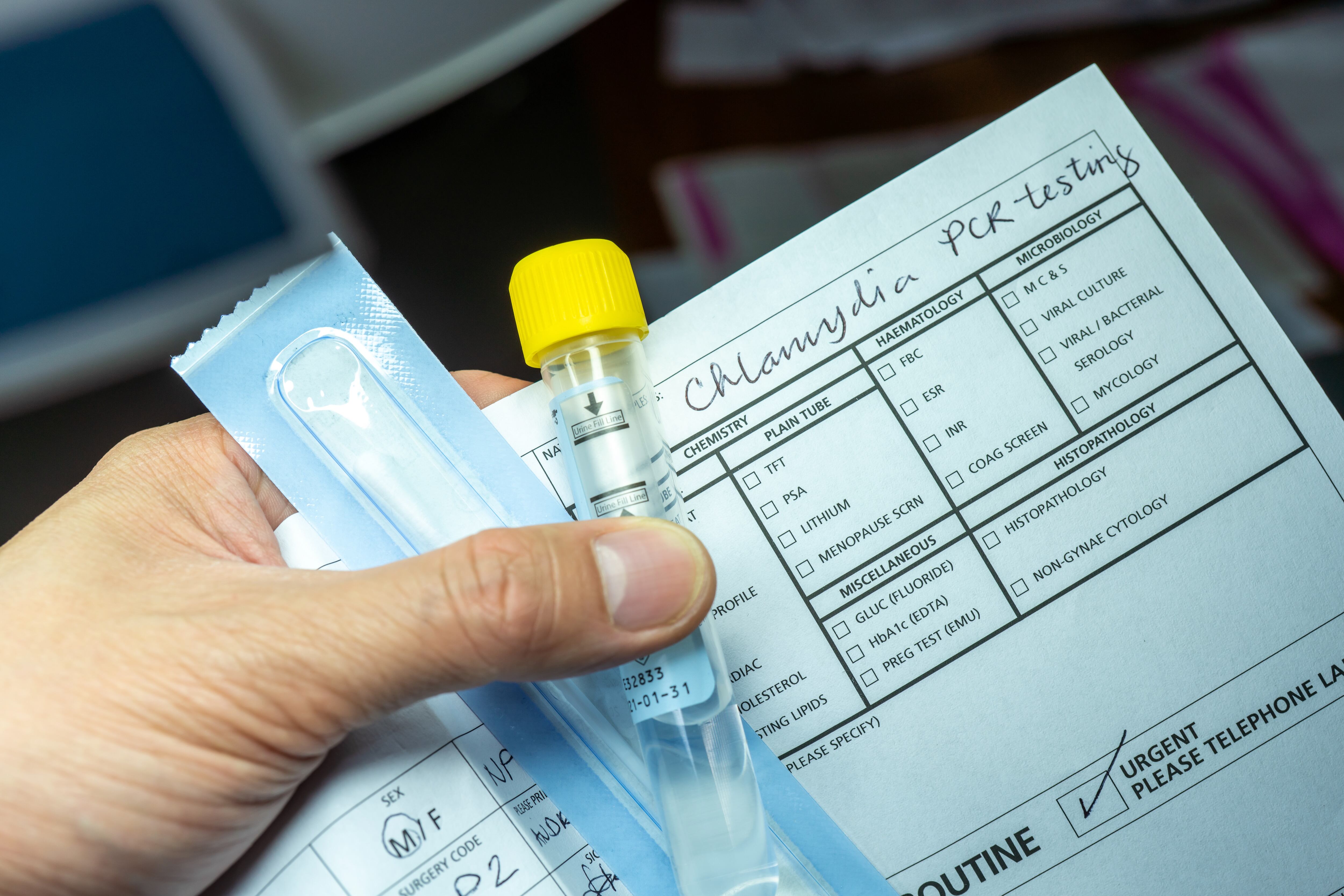
Sexually transmitted infections (STIs) continue to skyrocket in Spain. The latest report of Epidemiological Surveillance of STIspublished this Monday by the Carlos III Health Institute, and which analyzes data between 2021 and 2023, shows an increase of 42.6% in gonorrhea and 24.1% in syphilis.
The growth of both infections began at the beginning of this century, in a slight manner, which accelerated approximately in the last decade, in a trend similar to that recorded in the rest of the world. After a slight drop in 2020, most likely due to the covid pandemic, the climb continues.
Other STIs included in the report are also increasing: chlamydia (Chlamydia trachomatis) and lymphogranuloma venereum, whose monitoring is more recent and not all autonomous communities do so. This report does not measure HIV, which, on the contrary, follows a downward trend in recent years.
The population most affected by STIs is made up of young adult men, especially in the age group between 20 and 34, although there are some variations depending on the type of infection. Chlamydia, for example, is more common in those under 25 years of age, unlike lymphogranuloma venereum.
During 2023, 34,401 cases of gonococcal infection (gonorrhea) were detected, almost 9,000 more than the previous year. It is an infection that frequently manifests itself with a burning sensation when urinating and a yellowish-white discharge from the penis. It is much more prevalent in men (80% of cases), with a median age of 32 years. Symptoms in women, which are uncommon, are very similar to those of a urinary infectionso it is easy to confuse them: burning when urinating, painful sexual intercourse, intense pain in the lower abdomen.
There is great variability between autonomous communities: the highest rates were recorded in Catalonia (165.30 per 100,000 inhabitants), Madrid (94.08), the Basque Country (78.37) and Andalusia (58.64). The lowest, in Ceuta (1.20), Melilla (2.34), Aragón (9.24), Castilla y León (12.59) and Extremadura (16.12).
Regarding syphilis, 10,879 cases were reported last year, about 2,300 more than in 2022. 88.1% were men, with a median age of 37 years. The first symptom is usually one or more painless sores, which appear at the site of initial contact. A wide variety of signs can follow, such as mild fever, fatigue, sore throat, hair loss, weight loss, swollen glands…
The communities that reported the highest rates in 2023 were the Canary Islands (53.91 per 100,000 inhabitants), the Balearic Islands (33.97), Madrid (32.52) and Catalonia (30.54). Those with the lowest incidence were La Rioja (2.17), Castilla-La Mancha (3.36) and Aragón (6.11).
Chlamydia has been measured since 2016. The trend has always been increasing, except for the decrease in 2020. Last year, 36,983 were detected, about 8,000 more than the previous year. The infections diagnosed in men and women are practically divided equally.
The symptoms are similar to those of gonorrhea: painful urination, vaginal or penile secretions, painful sexual intercourse, vaginal bleeding between menstrual periods, testicular pain…
Lymphogranuloma venereum, finally, is the least common of the four STIs, but it has grown by 80% in the last year, up to 1,807 cases. This is a long-term infection of the lymphatic system caused by strains of the Chlamydia trachomatis. different from those that cause chlamydia.
All of these infections usually respond well to treatment with antibiotics, but resistance is causing more and more problems to eliminate them, which can become a major public health problem, as both doctors and health authorities have been warning for years. .
The reason for this growth of STIs is varied. Data shows that the younger population is increasingly practicing unprotected sex. Experts attribute this to the fact that HIV no longer poses a mortal threat, with treatments that allow those who carry the virus to lead a practically normal life. They also point to the proliferation of dating applications that encourage more promiscuity, or chemsexa practice that consists of maintaining relationships under the influence of drugs, generally with many people at the same time.
The Ministry of Health has announced the creation of new guidelines for the management and diagnosis of these diseases together with the Spanish Society of Infectious Diseases and Clinical Microbiology (SEIMC), which is presented this week in Valencia.

